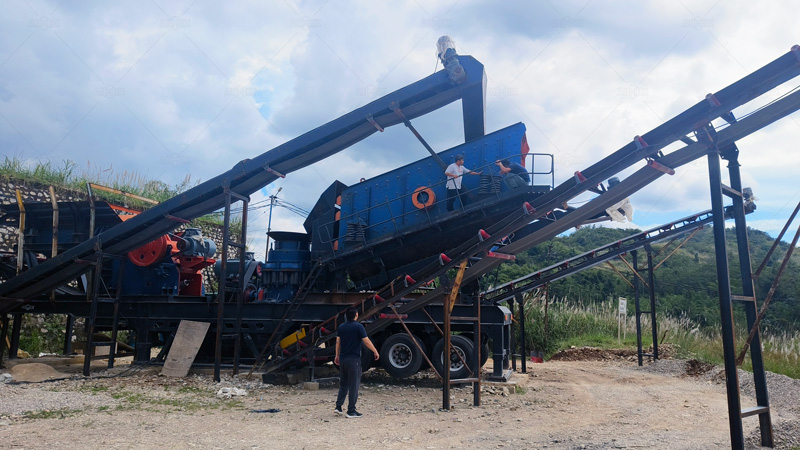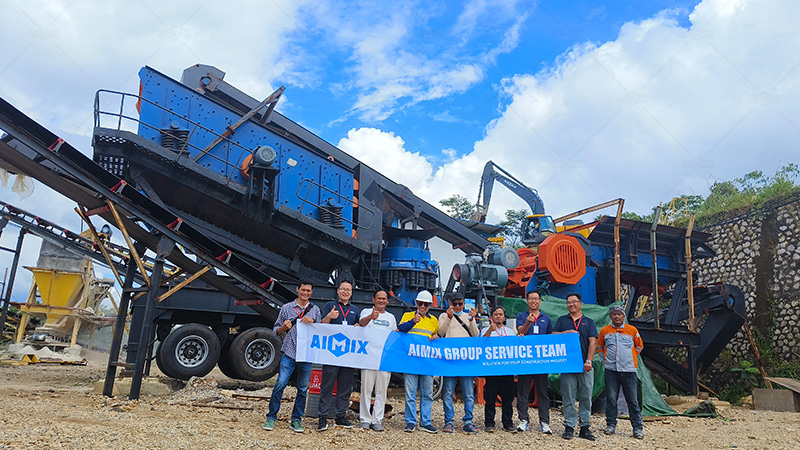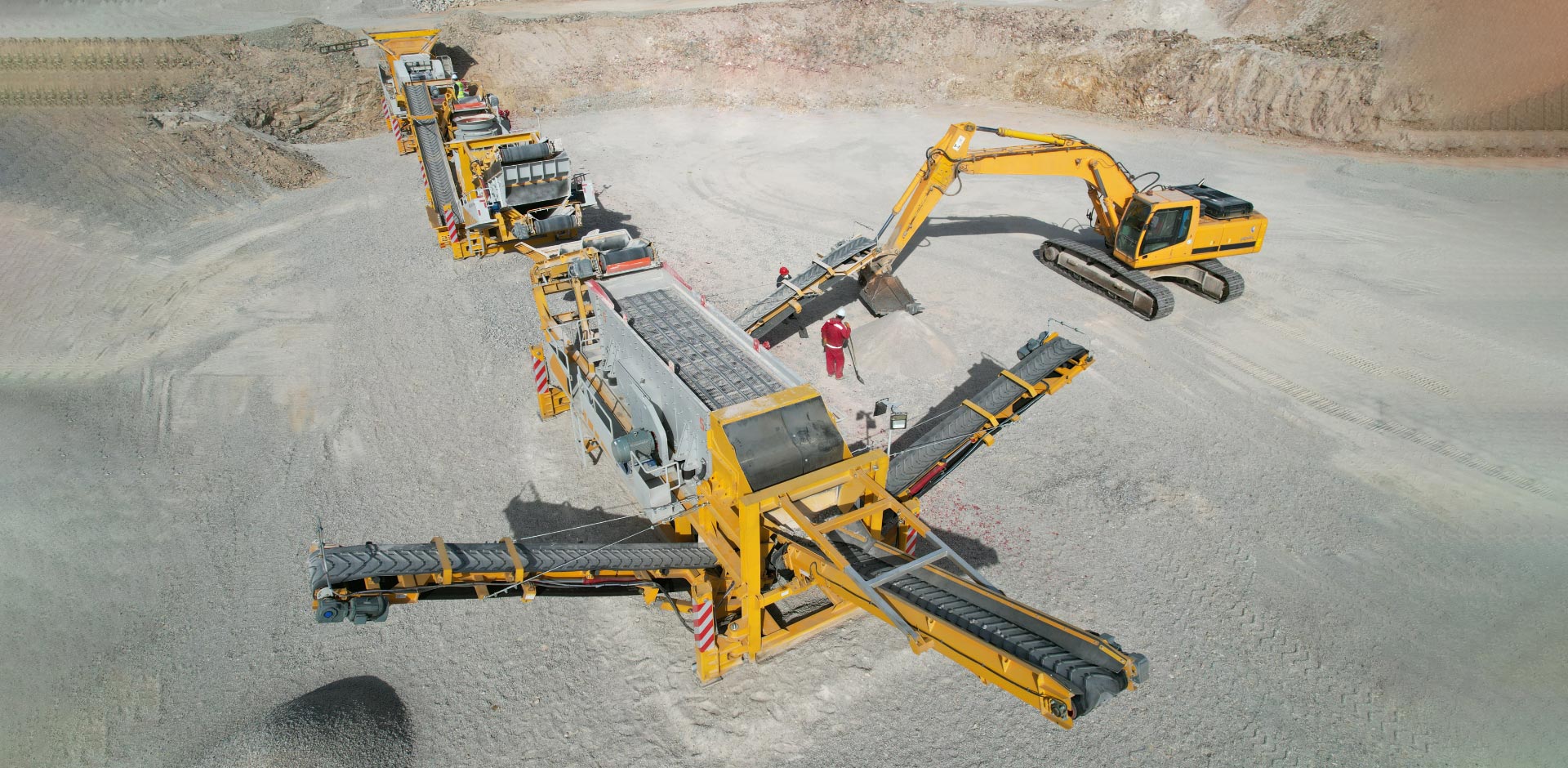The decision to invest in a stone crusher plant is not one to be taken lightly. These powerful machines serve as the backbone of many construction and mining operations, transforming raw materials into valuable aggregates. However, the substantial upfront costs and operational expenses demand careful consideration. This analysis delves into the financial and operational aspects of stone crusher plant, weighing their long-term value against initial investments. From production capacity to maintenance requirements, we’ll examine the key factors that determine whether these plants justify their costs.
Modern stone crusher plants have evolved significantly, incorporating advanced technologies that enhance efficiency while reducing environmental impact. Yet potential buyers must look beyond the machinery itself, considering site-specific factors like material hardness, required output size, and transportation logistics. The true worth of a crushing plant becomes apparent when examining its complete lifecycle – from acquisition through years of productive service. Let’s break down the critical elements that shape this important investment decision.

Initial Investment vs. Long-Term Productivity Gains
Capital Expenditure Breakdown
The purchase price of a stone crusher plant represents just the beginning of financial commitments. A complete setup typically includes not just the primary jaw crusher machine, but also secondary and tertiary crushers, vibrating screens, conveyors, and sometimes washing systems. High-capacity plants from reputable manufacturers can range from $100,000 to several million dollars depending on configuration and production capacity. These figures don’t account for necessary infrastructure like foundations, electrical systems, and dust suppression installations.
Operational Efficiency Metrics
When evaluating return on investment, production capacity becomes the crucial metric. Modern plants can process anywhere from 50 to 1000 tons per hour, with higher-capacity models delivering better cost-per-ton ratios. Advanced automation systems now allow for precise control over particle size distribution, reducing waste and maximizing the value of each ton processed. The most efficient plants achieve energy consumption rates below 0.5 kWh per ton of processed material, significantly impacting long-term operational costs.
Payback Period Calculations
Industry benchmarks suggest well-operated crushing plants typically achieve payback within 2-3 years when servicing steady demand. This timeframe shortens considerably for operations with direct access to raw materials and established markets for their products. The key lies in utilization rates – plants operating below 60% capacity struggle to justify their costs, while those consistently above 80% demonstrate strong financial returns.

Hidden Costs and Value-Added Benefits
Maintenance and Downtime Considerations
Beyond the obvious expenses, crushing plants incur significant maintenance costs that many first-time buyers underestimate. Wear parts like mantles, concaves, and jaw plates require regular replacement, with costs varying dramatically based on material hardness. Predictive maintenance programs using vibration analysis and oil monitoring can reduce unexpected downtime by up to 40%, protecting both productivity and profit margins.
Environmental Compliance Factors
Modern regulations impose strict requirements on dust emissions, noise levels, and water usage. While pollution control equipment adds approximately 15-20% to initial costs, it prevents costly shutdowns and fines. Some advanced mobile crushing plants now incorporate water recycling systems and electric dust collectors that not only meet regulations but reduce long-term operating expenses through resource conservation.
Resale Value and Equipment Longevity
Quality crushing equipment maintains remarkable residual value, with well-maintained plants retaining 40-50% of their original value after a decade of service. This secondary market potential significantly improves the overall cost-benefit equation. Plants constructed with premium components and modular designs often see extended service lives exceeding 15 years with proper maintenance, delivering value far beyond their initial payback periods.
Strategic Considerations for Potential Buyers
Matching Plant Specifications to Project Requirements
Selecting the wrong configuration represents the most common and costly mistake. Hard rock applications demand different equipment than processing softer materials like limestone. Mobile plants offer flexibility for multiple sites but come at a 20-30% premium over stationary installations. Smart buyers conduct thorough material testing and production forecasting before committing to specific plant configurations.
Financing Options and Tax Implications
Various financing structures can make crushing plants more accessible. Leasing arrangements preserve capital but increase long-term costs, while equipment loans typically offer better overall value. Many jurisdictions provide tax incentives or accelerated depreciation for industrial equipment, potentially reducing net costs by 10-15%. Consulting with financial specialists familiar with heavy equipment acquisitions often reveals unexpected savings opportunities.
Future-Proofing Your Investment
The most successful operators view their crushing plants as evolving assets rather than static purchases. Selecting systems with upgrade potential allows for capacity expansion as business grows. Plants designed with digital integration capabilities can incorporate emerging technologies like automated quality control and remote monitoring, ensuring continued relevance as industry standards advance.

